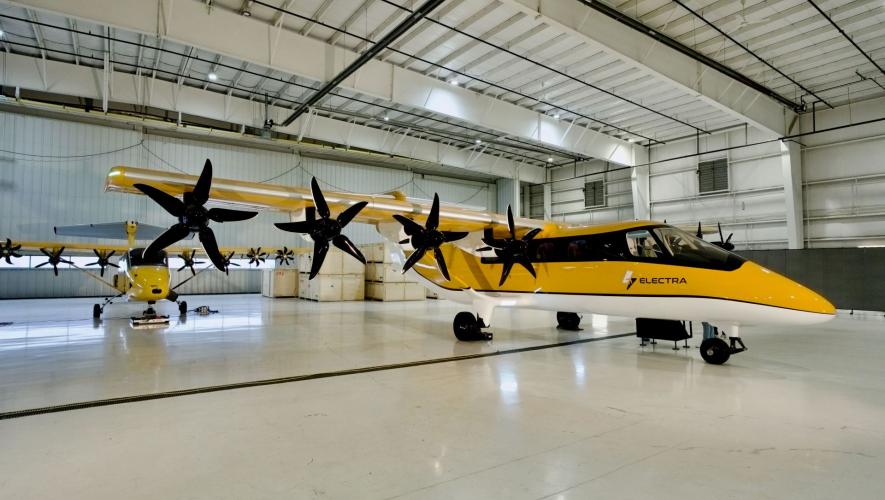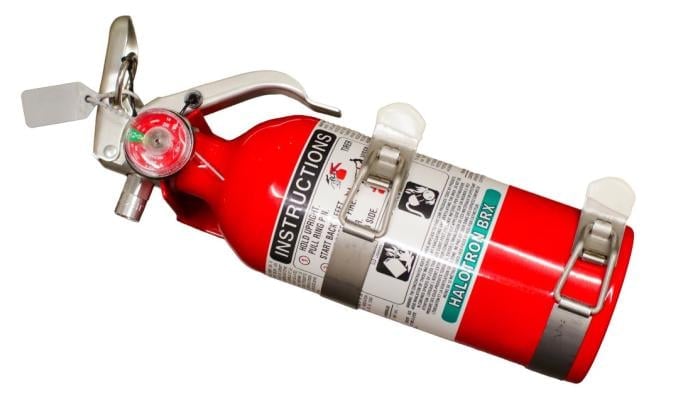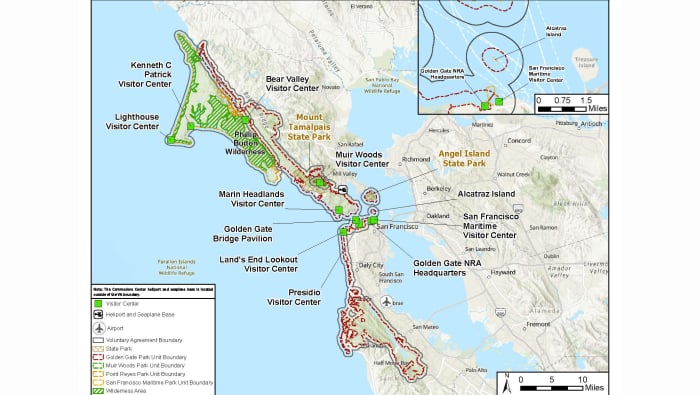European SE-IMC ops could face further delays
Plans for European commercial single-engine operations under instrument
meteorological conditions or at night (SE-IMC/night) are progressing slowly a
meteorological conditions or at night (SE-IMC/night) are progressing slowly a








